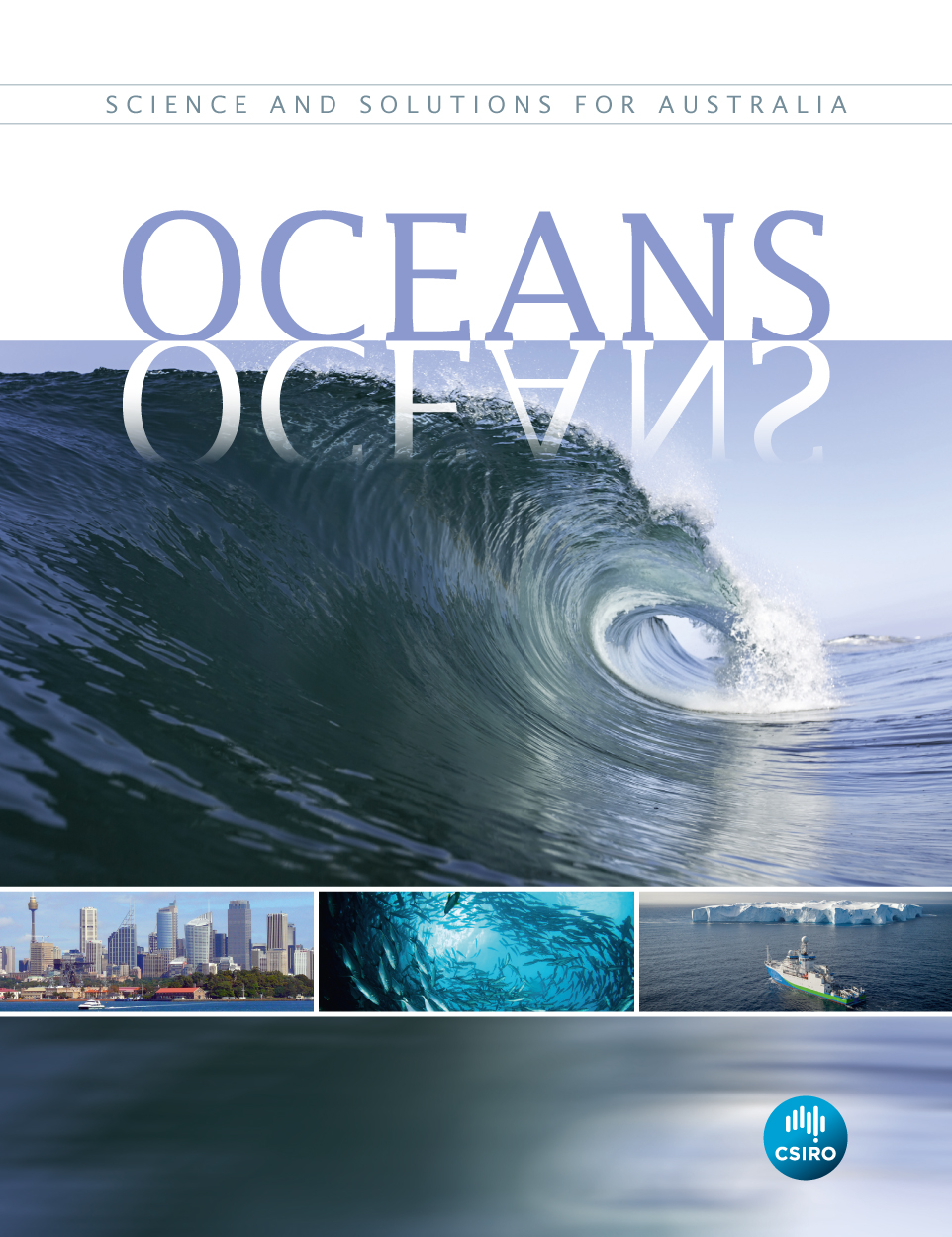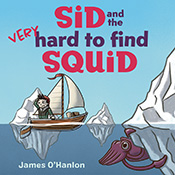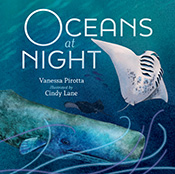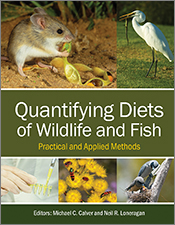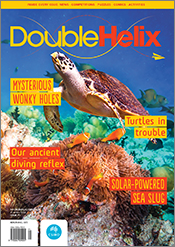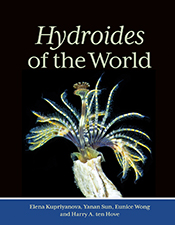Oceans
Science and Solutions for Australia
CSIRO Science and Solutions for Australia Series Edited by: Bruce MapstoneThe latest scientific knowledge from CSIRO and other agencies to describe what we know about our oceans.
Australia has the third largest marine estate in the world, extending from the tropics to Antarctica and including vast areas of the Indian, Pacific and Southern Oceans. We have a good reputation for management of our marine estate but there is still much to understand about how our actions affect the oceans, including through climate change, fishing, resource extraction, shipping, and recreation and tourism. + Full description
Our oceans are tremendous resources, culturally, socially and economically, and are repositories for incredible biodiversity. Oceans provide food and energy and influence weather and climate across the country. Indigenous Australians have had cultural and livelihood relationships with our oceans for thousands of years. Most Australians live within an hour’s drive of the coast and the seaside is a valued recreational destination, as it is for increasing numbers of international tourists. Australia’s oceans affect our every activity and managing them well is vital to our nation.
Oceans: Science and Solutions for Australia summarises decades of scientific research by CSIRO and other agencies to describe what we know about our oceans, how research contributes to their use and management, and how new technologies are changing marine research. It provides engaging and accessible reading for all those interested in Australia’s magnificent marine estate.
- Short descriptionReviews
"Given the wide range of relevant topics covered throughout this book, I highly recommend it as an asset to a school library as a resource for both teachers and senior students."
Adrian De Fanti, Geographical Education 31, 2018
"This book will be of great use for those contemplating a career in marine science and management, such as high school students, as well as for other professionals and the general public who want to be brought up to date with current research trends. It should stimulate support for continuing marine research as the ocean influences so many aspects of Australian lives."
Claudia Baldwin, Australasian Journal of Environmental Management 26(4), 2019
"An accessible overview of Australia’s marine estate, the marine research undertaken within the estate and the role the ocean plays in Australian lives."
Chancey MacDonald, Austral Ecology 45(6), September 2020
Details
Paperback | December 2017 | $ 24.95ISBN: 9781486307937 | 224 pages | 260 x 200 mm
Publisher: CSIRO Publishing
Colour photographs, Illustrations
PDF | December 2017 |
ISBN: 9781486307944 | 224 pages
Publisher: CSIRO Publishing
Colour photographs, Illustrations
ePUB | December 2017
ISBN: 9781486307951
Publisher: CSIRO Publishing
Features
- Draws on the latest peer-reviewed literature contributed to by thousands of Australian and international researchers
- Provides a synthesis of CSIRO’s robust research over several decades
- Delves into a comprehensive range of topics across the broad subjects of Australia’s marine estate, science and ocean use, and future oceans science
- The text is complemented with colour photographs and illustrations throughout, chapter key messages and suggestions for further reading
- Supplementary teachers notes will be available
Contents
Foreword by Larry MarshallAcknowledgements
List of contributors
Chapter 1: Introduction
Section 1: Australia’s marine estate
Chapter 2: Australia’s ocean currents
Chapter 3: The living ocean
Chapter 4: Geology beneath our oceans
Chapter 5: The oceans and our climate
Chapter 6: The oceans and our lives
Chapter 7: The blue economy
Chapter 8: Governance of Australian seas and oceans
Section 2: Science and ocean use
Chapter 9: Fisheries and aquaculture
Chapter 10: Energy from Australia’s marine estate
Chapter 11: Coastal development
Chapter 12: Operational oceanography – security, safety, transport, search and rescue
Chapter 13: Ocean pollution – risks, costs and consequences
Chapter 14: Tools and technologies for ocean observation
Chapter 15: Managing multiple uses of our oceans
Section 3: Future oceans science
Chapter 16: Changes and challenges for future generations
Chapter 17: Ocean changes to come
Chapter 18: Future technologies
Chapter 19: Conclusion
References
Index
View the full table of contents.
For Teachers
We have created these Teacher Notes as a free PDF download to support the use of this book in the classroom.


